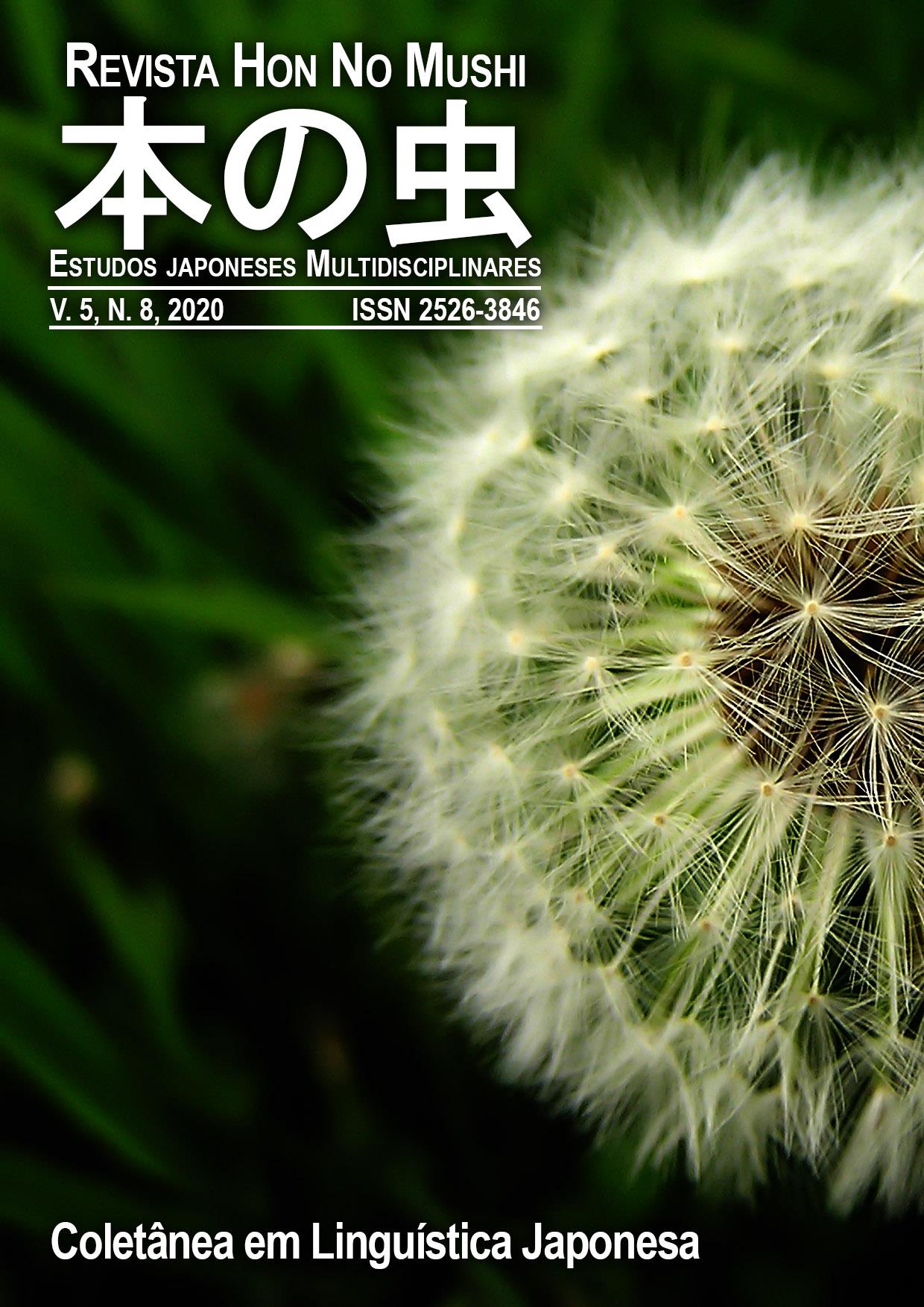SEMELHANÇAS E DISCREPÂNCIAS ENTRE AS PARTÍCULAS MARCADORAS DE TÓPICO E SUJEITO NA LÍNGUA JAPONESA E NA LÍNGUA COREANA
Keywords:
Topic, Subject, Korean, JapaneseAbstract
The present research, following a functional typological approach and based on Li and Thompson (1976), aims to list and scrutinize the similarities between the topic and subject marking particles in the Japanese language and the Korean language. The topic particles have the function of topicalizing an element in the sentence, most of which this element will be at the beginning of the sentence and is known by both speaker and interlocutor. The subject particle has the function of marking the subject of the sentence, but differing from the topic, the subject brings a new piece of information. The following data presented were taken from Korean and Japanese descriptive grammars. The results show that the functions of the topic and subject marker particles in both languages are very similar, but there are still slight differences.
Downloads
References
CROFT, William. Typology and Universals Second Edition. Cambridge, Inglaterra: Cambridge University Press, 2002.
LEE, Chang-Ho. Yasashiku shikumi ga wakaru kankoku-go shokyû kôgi nôto. 3 ed. Tóquio: Hakutei-sha, 2018, (1. ed., 2014)
MUKAI, Yuki. Wa e Ga - As partículas gramaticais da língua japonesa. Campinas - SP: Pontes Editores, 2014
N LI, Charles; THOMPSON, Sandra A. Subject and Topic: A New Typology of Language. In: LI, C. N. (Org.). Subject and Topic. Nova York: Academic Press, Inc., 1976. p. 457-489.
TERAMURA, H. Nihongo no shintakusu to imi I (Sintaxe e semântica da língua japonesa I). 1. ed. Tóquio: Kuroshio, 1982.
YEON, Jaehoon.; BROWN, Lucien. Korean A Comprehensive Grammar. 2 Park Square, Milton Park, Abingdon, Oxon OX14 4RN: Routledge, 2011
Downloads
Published
Issue
Section
License
The copyright belongs to the Hon Journal in Mishi - Multidisciplinary Japanese Studies and to the authors of each article. All work or part of it, when quoted or used, must be referenced.




